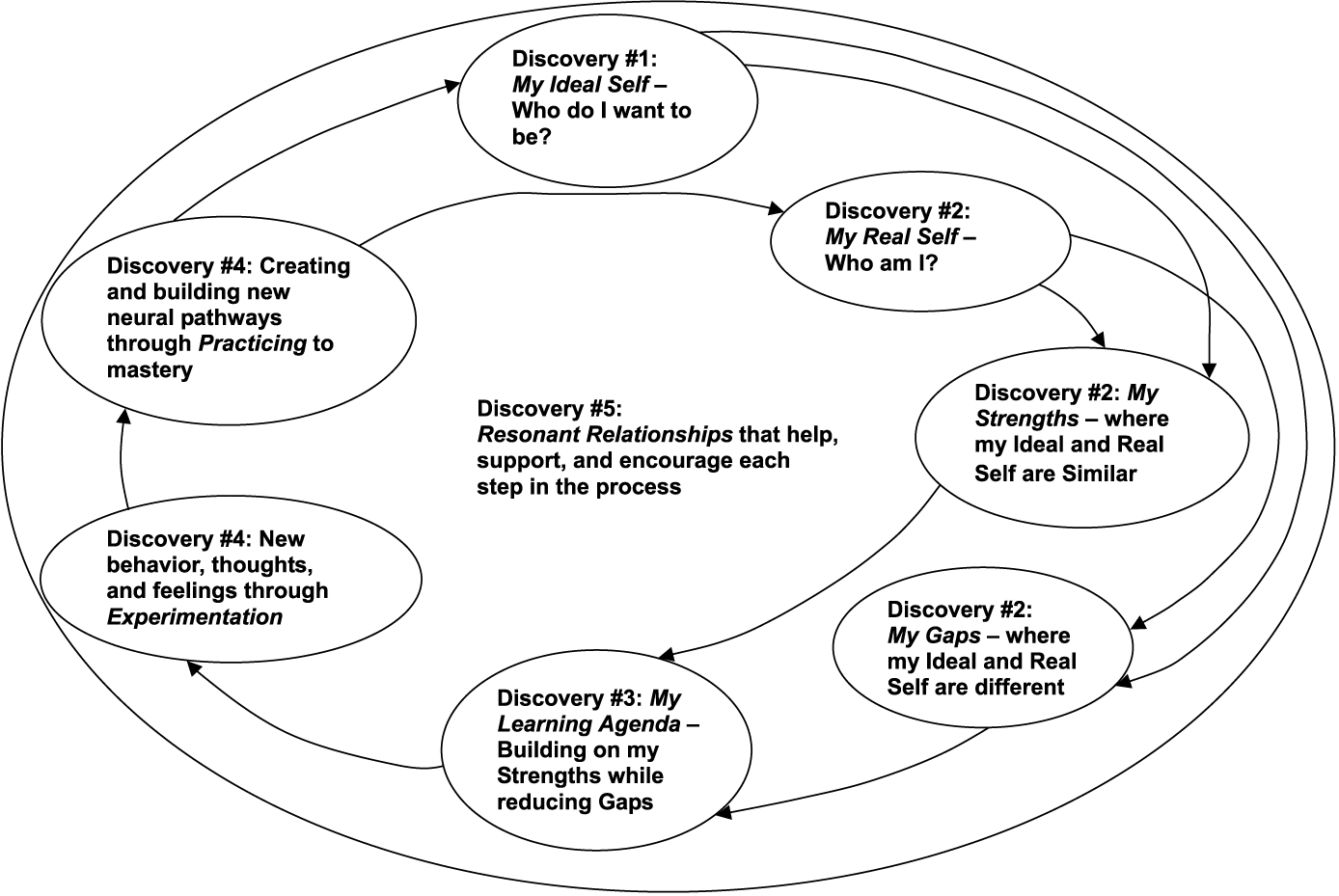
How does that student see him or herself–as a student? As a learner?
How we self-identify academically lays the groundwork for understanding. In lieu of the academic standards, self-knowledge–and perhaps the thinking habits learners possess–are the ultimate goal of all learning.
While it’s potentially useful to be able to calculate the area of a triangle, extract the theme from a poem, or identify push-pull factors in immigration, self-knowledge is the ability to take those ideas and fundamentally inform how you interact with the world around you. Questions like, “Who am I,” and “What is my ideal self?” reflect the kind of thinking that helps provide a “need to know” in students.
This is me; that is the me I’d like to be; here are the gaps.
This is useful not only in terms of identity and vision, but in establishing a need to know.
In project-based learning for example, rather than teach tone in an English-Language Arts class, you can first provide a need to understand tone, which itself is imposed by a self-aware interaction in the world. In PBL, this could be a student’s desire to reduce teen pregnancy, start a neighborhood recycling program, or even draw their own family closer together–the authentic challenge-based and self-directed approach PBL promotes. In designing a blog or even basic informal documentary on the problem on teen pregnancy for example, students would then need to pick and create the ideal tone to have the desired effect on their chosen audience–and thus have an authentic need to understand the concept of tone.
It is first the I followed by the need to know which allows the knowledge.
As students first monitor themselves and their own thinking processes, learning can become self-directed, shifting the role of the teacher from content giver to learning facilitator. The five discoveries in the above graphic come from Richard Boyatzis (hat tip to TeachThought community member Enrique Margery Bertoglia for pointing out the original source) help provide a sequence to contextualize such a shift for both teachers and learners.
Graphic: Helping Students See Themselves As Learners; image attribution Richard Boyatzis
